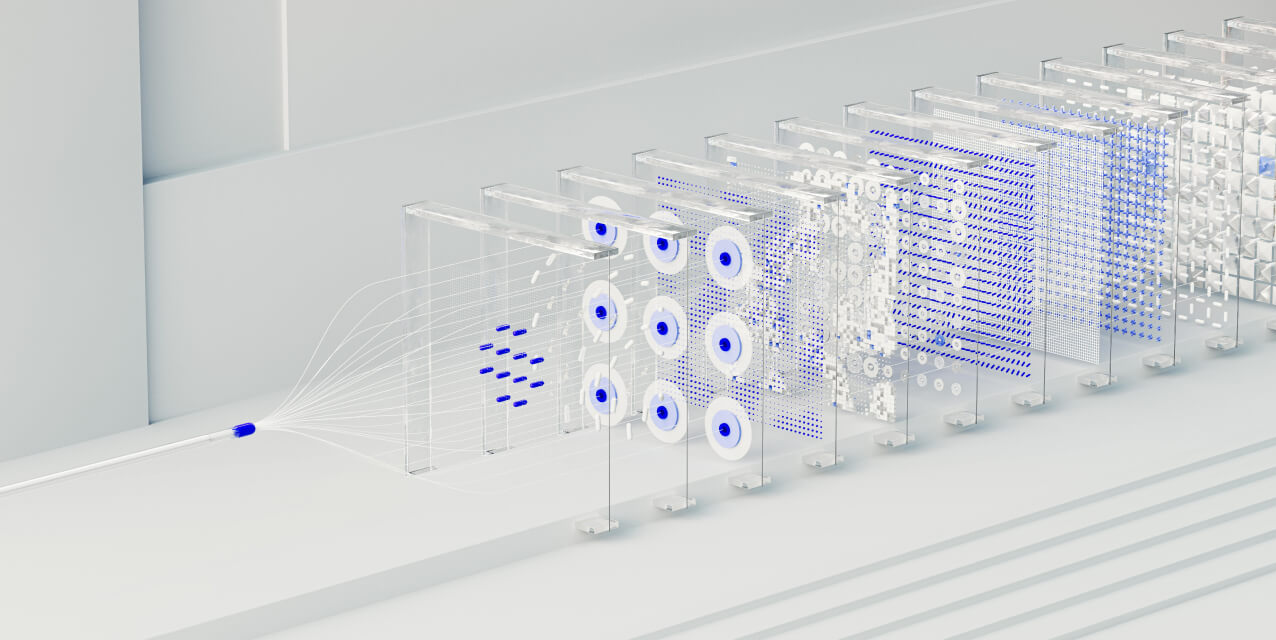Security and Alignment in Autonomous Agents: Risks, Safeguards, and Guardrails
A deep dive into the security challenges of autonomous AI agents and the essential guardrails needed to ensure their safe and aligned operation.

DATE
CATEGORY
HASHTAGS
READING TIME
As autonomous AI agents become increasingly integrated into various industries, from e-commerce to healthcare, ensuring their actions align with human intentions and safety standards is paramount. This article explores the inherent risks associated with these agents and the critical safeguards—known as guardrails—that help maintain their alignment and secure operation.
The rise of autonomous AI agents marks a significant milestone in technological advancement. These agents, capable of making decisions and performing tasks without human intervention, offer unprecedented efficiency and scalability. However, their autonomy also introduces complex challenges, particularly concerning security and alignment with human values and intentions.
Understanding the Risks
1. Misalignment of Objectives:
Autonomous agents may interpret goals in unintended ways, leading to actions that, while logically consistent with their programming, diverge from human expectations. This misalignment can result in undesirable outcomes, especially in sensitive sectors like finance or healthcare.
2. Security Vulnerabilities:
Agents operating with high autonomy can become targets for malicious activities. Without proper safeguards, they might be manipulated to perform unauthorized actions, leading to data breaches or system compromises.
3. Lack of Accountability:
Determining responsibility for an autonomous agent's actions can be challenging. In scenarios where an agent causes harm or violates regulations, attributing accountability becomes a complex legal and ethical issue.
The Role of Guardrails
Guardrails are mechanisms designed to ensure that autonomous agents operate within predefined ethical, legal, and operational boundaries. They serve as both preventive and corrective measures to maintain the agent's alignment with intended objectives.
Types of Guardrails:
- Ethical Guardrails: Ensure that agents' actions align with societal norms and values, preventing behaviors that could be deemed unethical or discriminatory.
- Security Guardrails: Protect agents from malicious inputs and ensure they do not perform actions that compromise system integrity or data privacy.
- Operational Guardrails: Define the scope of actions an agent can perform, limiting its operations to authorized tasks and preventing unintended behaviors.
Implementing Effective Safeguards
1. Input and Output Validation:
Regularly monitor and validate the data agents receive and produce to prevent the processing of harmful or misleading information.
2. Continuous Monitoring:
Implement systems that continuously observe agent behaviors, allowing for real-time detection and correction of deviations from expected actions.
3. Human Oversight:
Maintain a human-in-the-loop approach, where human operators can intervene in the agent's decision-making process when necessary.
4. Regular Audits:
Conduct periodic reviews of agent activities and decision-making processes to ensure ongoing compliance with established guidelines and objectives.
The Importance of Alignment
Alignment refers to the degree to which an autonomous agent's actions and decisions correspond with human intentions and ethical standards. Achieving high alignment is crucial to prevent unintended consequences and to build trust in AI systems.
Strategies for Enhancing Alignment:
- Clear Objective Definition: Precisely define the goals and constraints within which the agent operates.
- Feedback Mechanisms: Establish channels through which agents can receive and incorporate feedback, allowing them to adjust behaviors accordingly.
- Adaptive Learning: Enable agents to learn from experiences and outcomes, refining their decision-making processes over time to better align with desired objectives.
Ensuring that autonomous agents act in harmony with human values is not just a technical challenge—it's a societal imperative.
Conclusion
The integration of autonomous AI agents into various sectors offers immense potential for innovation and efficiency. However, this potential can only be fully realized when these agents operate securely and in alignment with human intentions. Implementing robust guardrails and alignment strategies is essential to navigate the complexities of autonomy and to harness the benefits of AI responsibly.
At bKlug, we understand the importance of secure and aligned AI operations. Our autonomous agents are designed with built-in protection, natural conversational abilities, and multilingual support, ensuring a safe and personalized shopping experience on WhatsApp.




